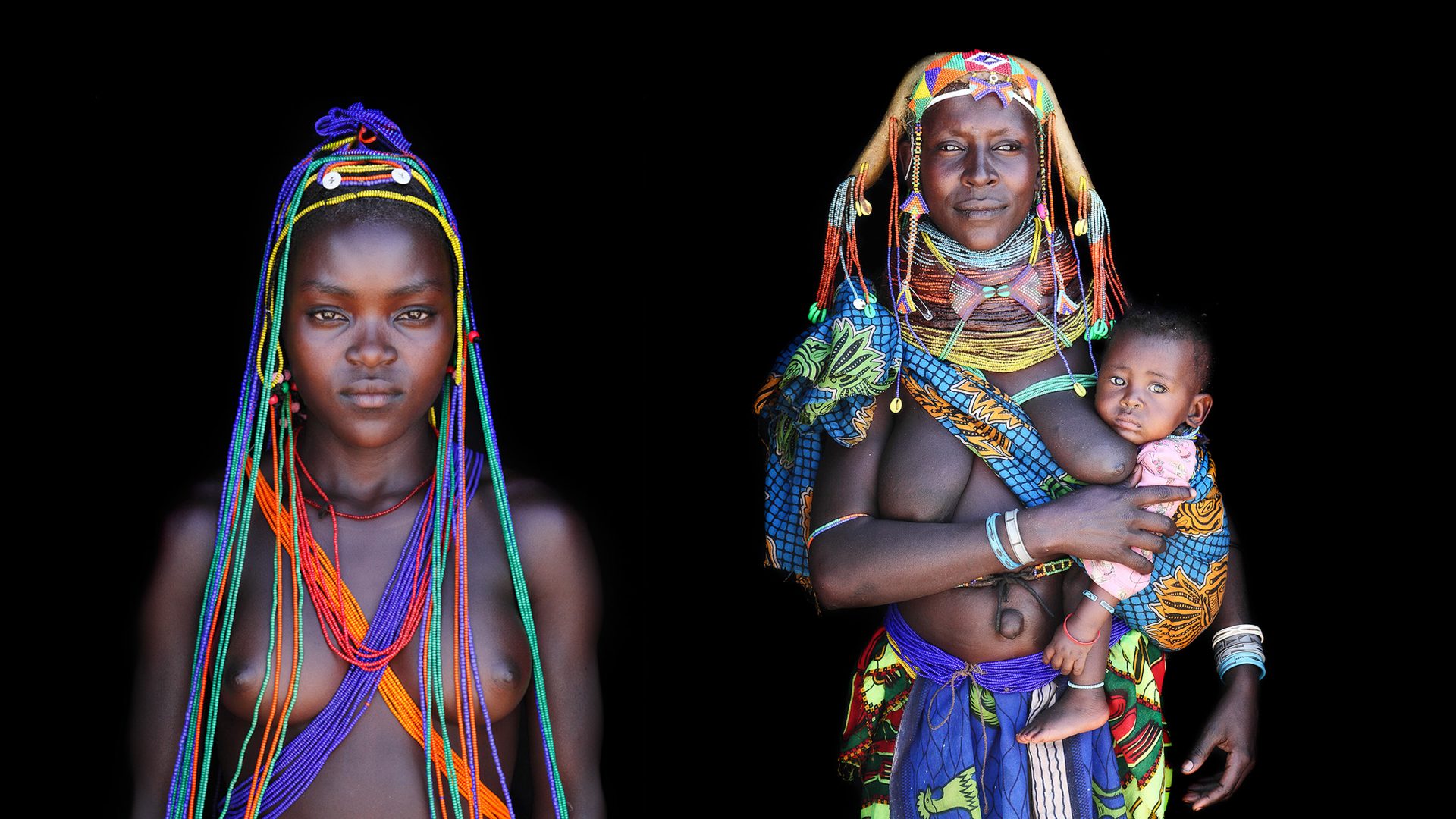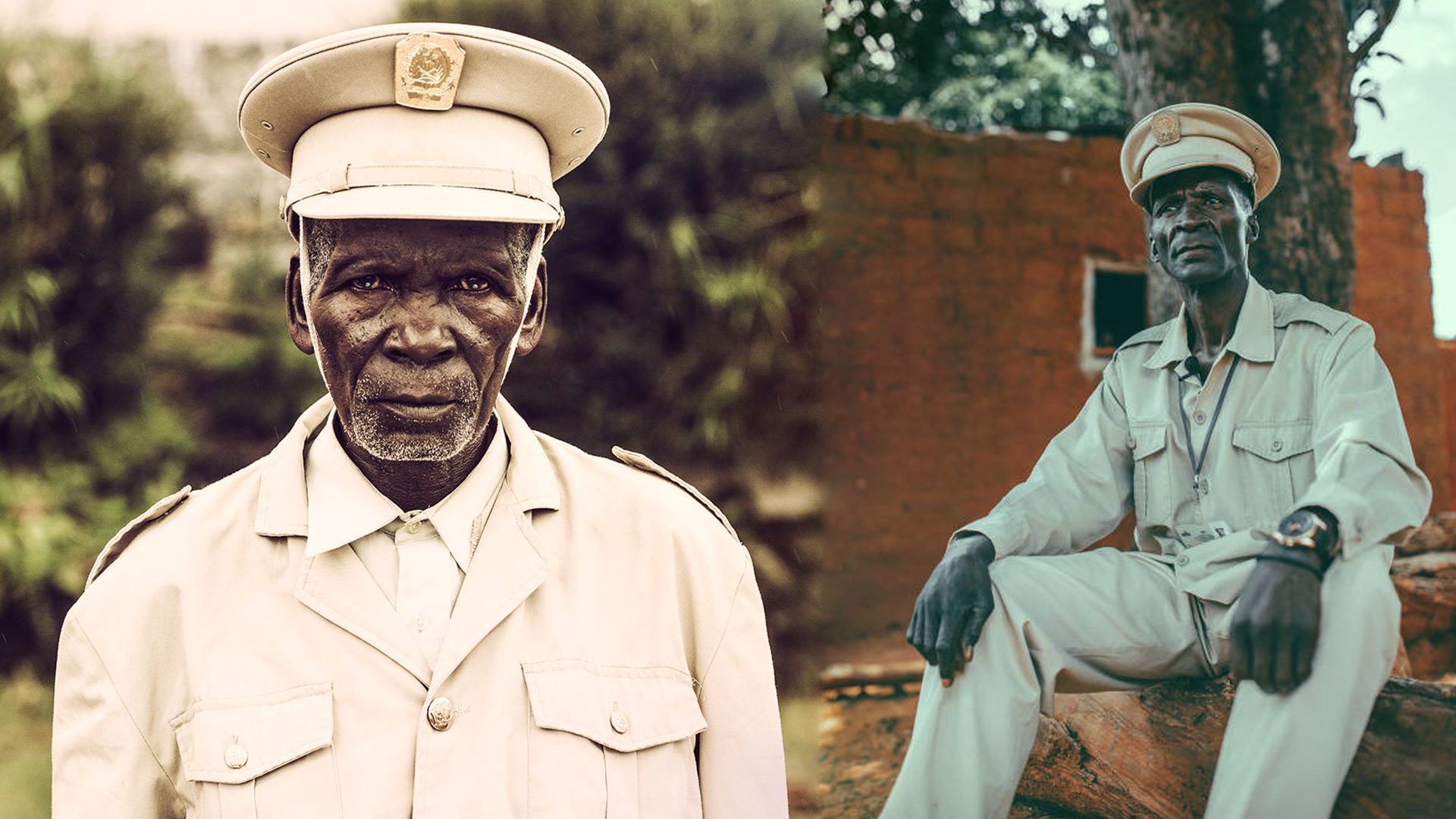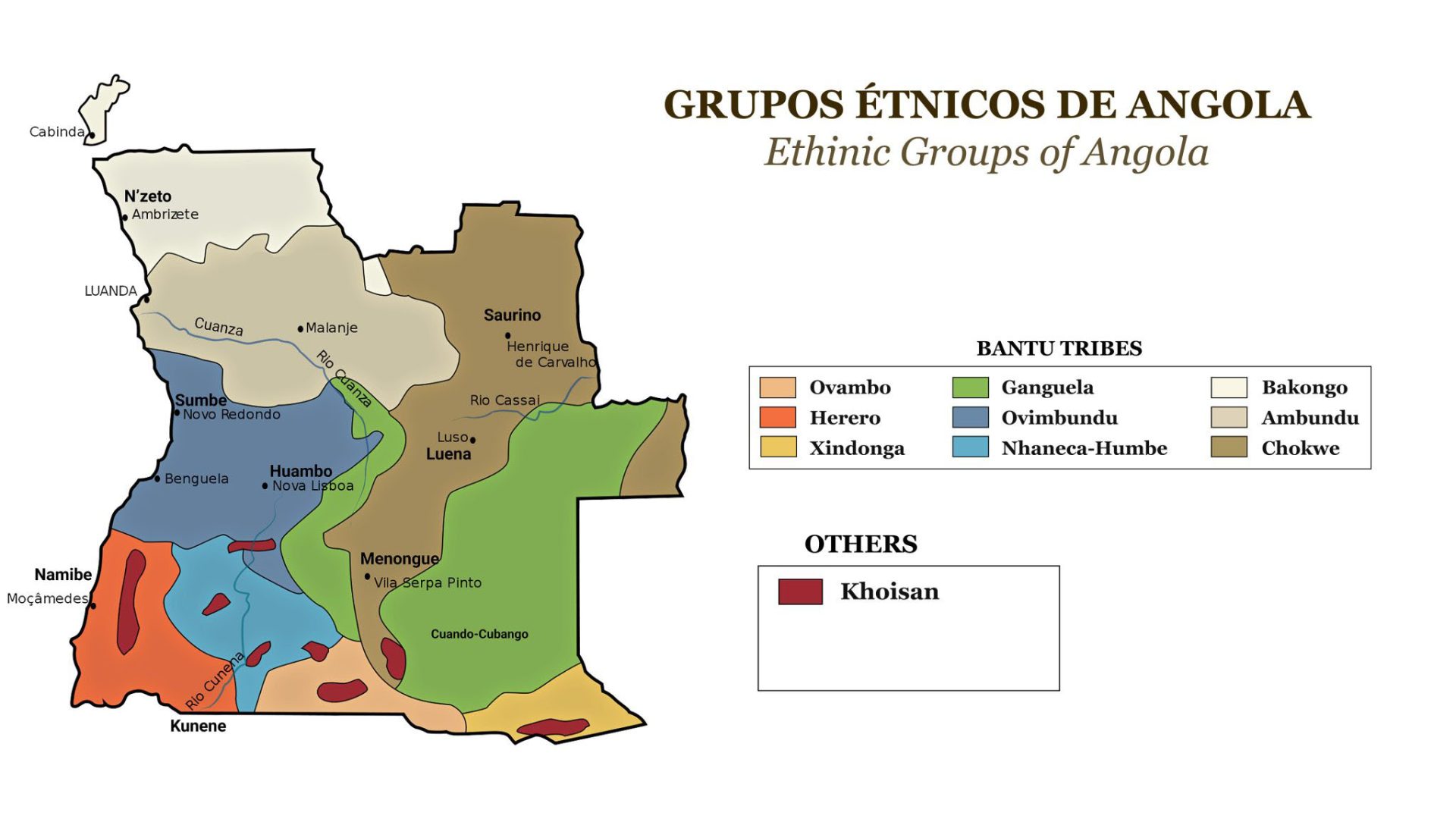ETHNIC GROUPS OF ANGOLA
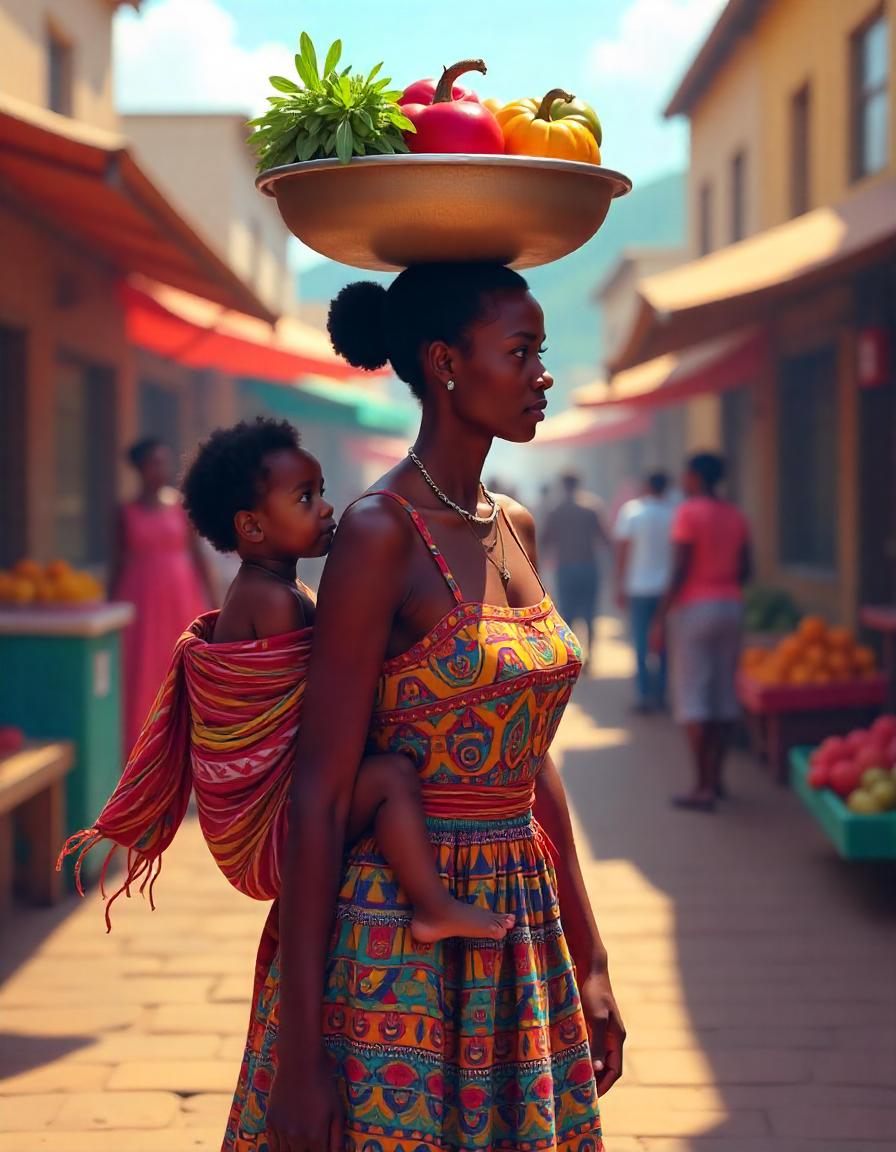
ZUNGUEIRA
Zungueira, a word of origin in the Angolan national language Kimbundu, results from the verb form "Kuzunga", which means to circulate, to surround, to rotate.
It is the name given to the women street vendors who travel miles away in an attempt to sell the various products such as food, clothing and accessories. They are usually women who, like their mothers and grandmothers, seek to provide for their families so that they can survive.
Truly brave, the Zungueiras symbolize resilience.
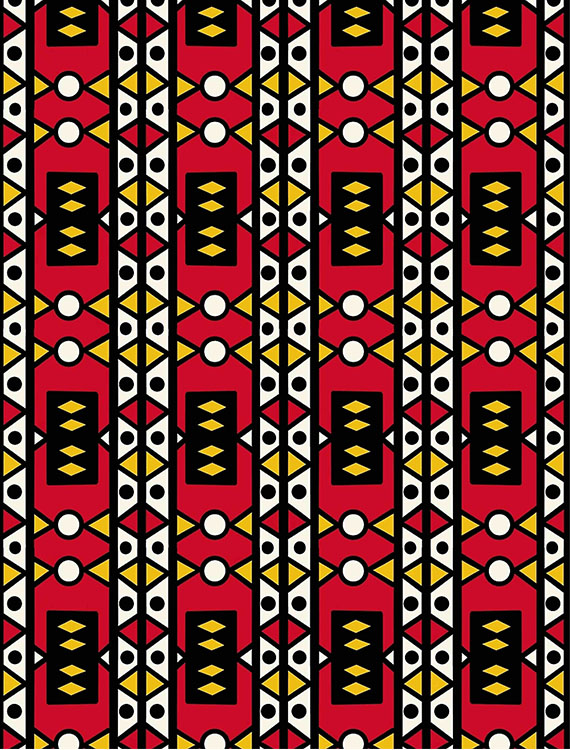
SAMAKAKA
The Samakaka is a traditional fabric of the Muíla, people from southern Angola.
It is characterized by the colors red, white, yellow, black or white and black with geometric symbols.
This craftsmanship became a marker of identity, distinguishing societies and ethnic groups through its colors and patterns. The fabric is made in villages, with women and children primarily responsible for its production. Beyond local use, it serves as a source of livelihood. By selling the fabric, the Muíla people acquire goods that they cannot produce themselves.
Originating from Angola’s Huíla province, the Muíla people produce Samakaka fabric both for their own use and for trade outside their villages.
THE MUMUÍLAS
The Mumuila people, belonging to the "Nhaneca-Humbi" ethno-linguistic group, reside in Huíla province, one of the world's driest regions. Their primary livelihood centers around cattle breeding. At the heart of their community stands the Soba Grande, the highest authority, who fulfills both spiritual leadership and commands great respect. While polygamy is a common practice among the Mumuíla tribe, it's only permissible when a man demonstrates financial stability to support his wives. The eldest wife assumes the role of managing her husband's wealth, evident through the number of adornments on her neck, legs, and feet. These necklaces serve as symbolic wedding rings, indicating one's marital status.
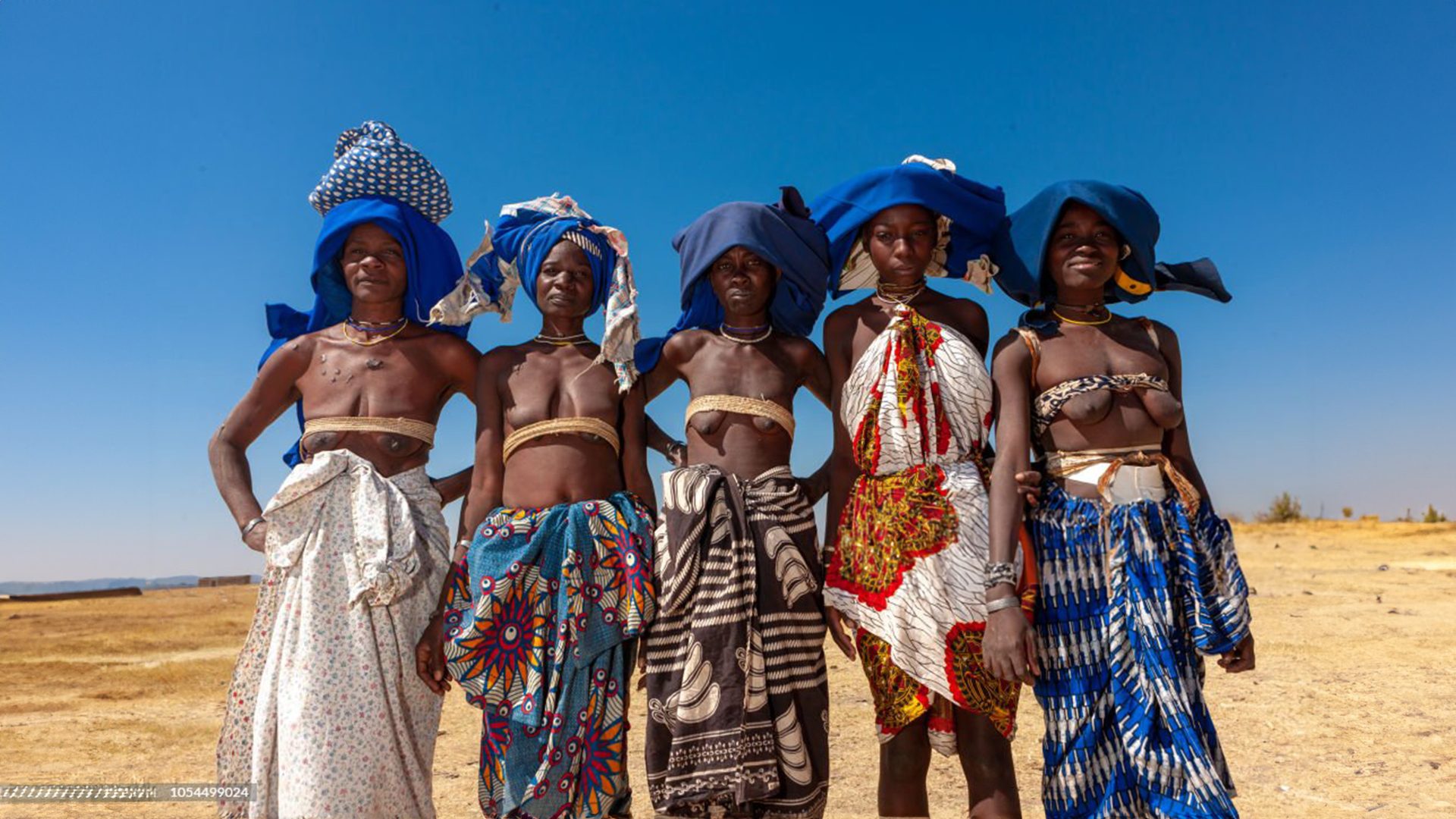
THE MUCUBAL
The Mucubal people, a subgroup of the Herero in the Namibe province of southwestern Angola, have maintained their distinct way of life and resisted integration. They rely primarily on cattle for their livelihood. Mucubal women go topless when single, and after marriage and motherhood, they bind their breasts with colorful strips to flatten them. Mucubal men have multiple partners, focusing on work and pleasure management. Women are primarily involved in agricultural activities, while children often take on herding responsibilities. Unlike conventional inheritance patterns, the Mucubal designate nephews, the offspring of sisters, as heirs to ensure a shared bloodline.
THE SOBA
The Soba holds the highest authority in Angolan villages and comes in two types: the Soba Grande and the Soba. The Soba Grande assumes leadership over other Sobas within the community, reflecting a deeply rooted traditional hierarchy. In certain regions, a council of Sobas plays a role in selecting the Soba, while in others, succession follows a lineage-based approach. The Soba Grande is primarily tasked with addressing local social and traditional issues. In the event of local discontent, the Soba acts as a representative of the people when engaging with the Municipal Administration to articulate concerns and seek solutions. Additionally, they are responsible for ensuring the safety of the community.

